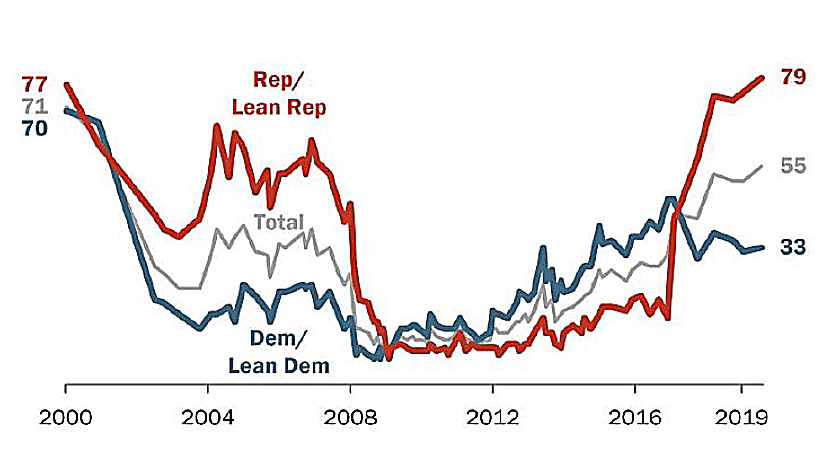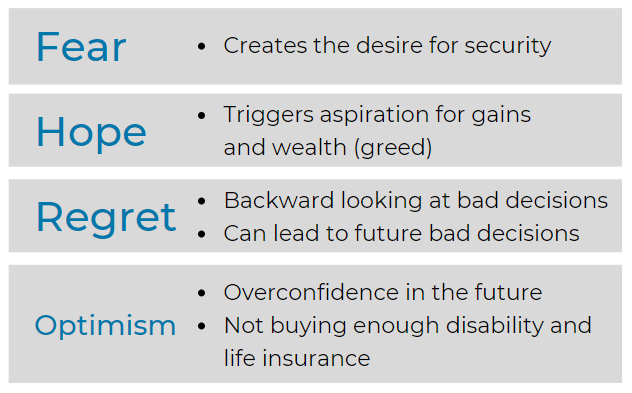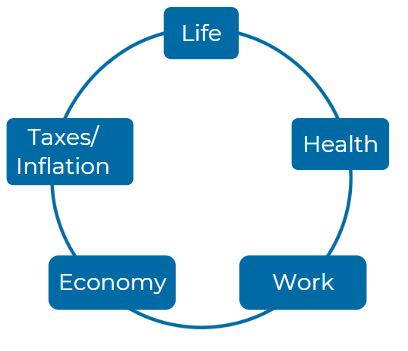Healthcare Provider Update: Healthcare Provider for ConocoPhillips ConocoPhillips provides its employees with access to various healthcare plans through third-party providers, primarily offering services via large insurers such as Blue Cross Blue Shield and UnitedHealthcare. These plans typically include comprehensive medical, vision, and dental coverage tailored to meet the diverse needs of its workforce. Potential Healthcare Cost Increases in 2026 As the healthcare landscape evolves, ConocoPhillips employees can expect significant premium hikes in 2026, driven by a perfect storm of factors impacting the Affordable Care Act (ACA) marketplace. With anticipated increases exceeding 60% in some states and the potential expiration of federal premium subsidies, many employees could face out-of-pocket costs soaring by up to 75%, compounding the financial pressure. The ongoing upward trend in medical costs, coupled with employers' shifts in cost-sharing strategies, may further challenge employees as they navigate rising healthcare expenses. Planning ahead and understanding these dynamics is crucial for effective budgeting and healthcare management in the coming years. Click here to learn more
Featured Video
Articles you may find interesting:
- Corporate Employees: 8 Factors When Choosing a Mutual Fund
- Use of Escrow Accounts: Divorce
- Medicare Open Enrollment for Corporate Employees: Cost Changes in 2024!
- Stages of Retirement for Corporate Employees
- 7 Things to Consider Before Leaving Your Company
- How Are Workers Impacted by Inflation & Rising Interest Rates?
- Lump-Sum vs Annuity and Rising Interest Rates
- Internal Revenue Code Section 409A (Governing Nonqualified Deferred Compensation Plans)
- Corporate Employees: Do NOT Believe These 6 Retirement Myths!
- 401K, Social Security, Pension – How to Maximize Your Options
- Have You Looked at Your 401(k) Plan Recently?
- 11 Questions You Should Ask Yourself When Planning for Retirement
- Worst Month of Layoffs In Over a Year!
- Corporate Employees: 8 Factors When Choosing a Mutual Fund
- Use of Escrow Accounts: Divorce
- Medicare Open Enrollment for Corporate Employees: Cost Changes in 2024!
- Stages of Retirement for Corporate Employees
- 7 Things to Consider Before Leaving Your Company
- How Are Workers Impacted by Inflation & Rising Interest Rates?
- Lump-Sum vs Annuity and Rising Interest Rates
- Internal Revenue Code Section 409A (Governing Nonqualified Deferred Compensation Plans)
- Corporate Employees: Do NOT Believe These 6 Retirement Myths!
- 401K, Social Security, Pension – How to Maximize Your Options
- Have You Looked at Your 401(k) Plan Recently?
- 11 Questions You Should Ask Yourself When Planning for Retirement
- Worst Month of Layoffs In Over a Year!
U.S. Initial Jobless Claims, Per Week

Total U.S. Nonfarm Payrolls

GDP Annualized Growth Rate

During the last 75.75 years (since 1945) there have been 190 declines of 5% or greater.

Sources: Standard & Poor’s Corporation; Copyright 2020 Crandall, Pierce & Company
The Market's Reaction to a Financial Crisis
Cumulative total return of a balanced strategy: 60% stocks, 40% bonds

Indices are not available for direct investment. Their performance does not reflect the expenses associated with the management of an actual portfolio. Past performance is not a guarantee of future results. Not to be construed as investment advice. Returns of model portfolios are based on back-tested model allocation mixes designed with the benefit of hindsight and do not represent actual investment performance. See the “Balanced Strategy Disclosure and Index Descriptions” pages in the Appendix for additional information.


data-hs-cos-general-type='widget' data-hs-cos-type='module'>
Consider these five Elements:
How does the retirement process at ConocoPhillips provide guidance to employees in selecting the most beneficial form of payment? In what ways can employees utilize available resources to maximize their understanding of the pension options offered by ConocoPhillips?
The retirement process at ConocoPhillips provides employees with various resources to guide them in selecting the most beneficial form of pension payment. Employees can access the "How to Choose the Best Form of Payment" link on Your Benefits Resources™ (YBR) to learn more about their options and determine what works best for their financial situation(ConocoPhillips_Your_Ret…).
What steps must be completed by employees at ConocoPhillips to ensure they initiate their retirement process accurately and avoid any delays? How crucial is the timing of these steps in determining the Benefit Commencement Date (BCD)?
Employees at ConocoPhillips must initiate the retirement process by requesting their pension paperwork 60-90 days before their Benefit Commencement Date (BCD). Timing is crucial, as missing deadlines may delay the BCD and associated payments. Completing all steps on time ensures that the retirement process flows smoothly(ConocoPhillips_Your_Ret…).
Given the complexities associated with the lump-sum pension payment option at ConocoPhillips, what considerations should employees take into account before electing this choice? How does the current interest rate at the Benefit Commencement Date impact the lump-sum amount?
Before electing a lump-sum pension payment, ConocoPhillips employees should consider the current interest rate at their BCD, as it directly affects the lump-sum amount. A higher interest rate typically reduces the lump-sum payment, making timing and rate awareness critical(ConocoPhillips_Your_Ret…).
In what ways can ConocoPhillips employees ensure their Pension Election Authorization form is completed correctly to facilitate timely pension payments? What are the implications of not adhering to the required notarized consent for married participants?
Ensuring the correct completion of the Pension Election Authorization form is vital for timely pension payments. For married participants, notarized spousal consent is required, and failure to provide this could result in delays or issues with payment processing(ConocoPhillips_Your_Ret…).
How does choosing direct deposit for pension payments at ConocoPhillips streamline the retirement process for employees? What should employees know about setup and changes regarding direct deposit after initiating their pension benefits?
Choosing direct deposit for pension payments simplifies the process for employees at ConocoPhillips, as it enables automatic payments to their bank account. Employees can set up direct deposit during their retirement process or update it at a later time(ConocoPhillips_Your_Ret…).
For employees considering rolling over their lump-sum pension payment from ConocoPhillips, what procedures should they follow to ensure compliance with IRS regulations and to avoid tax penalties? How can effective planning influence the success of this rollover?
Employees electing to roll over their lump-sum pension payment must follow specific IRS regulations to avoid tax penalties. Effective planning, such as obtaining rollover paperwork and adhering to IRS rules, ensures compliance and smooth fund transfer(ConocoPhillips_Your_Ret…).
What resources does ConocoPhillips provide for employees to calculate and project their retirement income? How can these tools empower employees to make informed decisions regarding their future financial security?
ConocoPhillips provides employees with tools such as the "Project Retirement Income" feature on YBR, empowering them to calculate and project their retirement income. These resources help employees make informed decisions about their financial future(ConocoPhillips_Your_Ret…).
How do deadlines play a pivotal role in the benefits process for retiring employees at ConocoPhillips, and what specific dates must be adhered to in order to avoid payment delays? Can you provide examples of consequences resulting from missed deadlines?
Deadlines are critical in ConocoPhillips' retirement process, as missing them can delay pension payments. For example, requesting pension paperwork after the 15th of the month can delay the BCD by a month, affecting the pension payout date(ConocoPhillips_Your_Ret…).
What are the added advantages for employees at ConocoPhillips who actively seek assistance or information from the Benefits Center during their retirement planning? How can this proactive approach enhance their overall retirement experience?
Employees who seek assistance from the Benefits Center during their retirement planning benefit from personalized guidance. This proactive approach ensures that they fully understand their options and deadlines, enhancing their overall retirement experience(ConocoPhillips_Your_Ret…).
How can employees at ConocoPhillips contact the Benefits Center to receive personalized assistance in navigating their retirement options? What specific resources and support can they expect when reaching out for help?
ConocoPhillips employees can contact the Benefits Center by calling 800-622-5501 or accessing YBR online. The Benefits Center provides personalized assistance and guidance, helping employees navigate their pension options effectively(ConocoPhillips_Your_Ret…).




















-2.png?width=300&height=200&name=office-builing-main-lobby%20(52)-2.png)









.webp?width=300&height=200&name=office-builing-main-lobby%20(27).webp)


-2.png)









.webp)